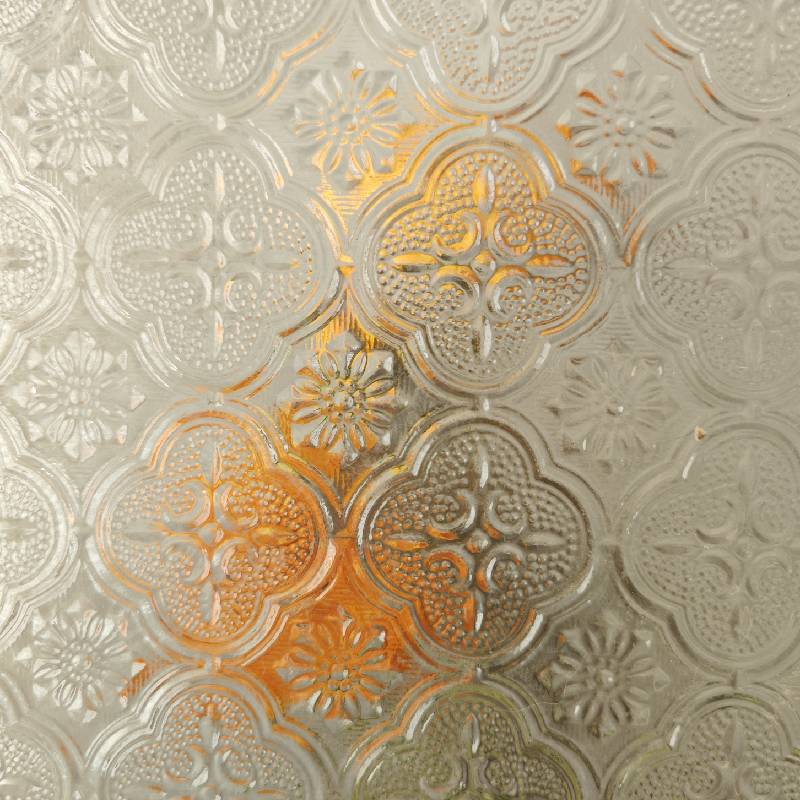

Reflective Tempered Glass A Contemporary Marvel in Architecture and Design
In the realm of modern architecture and interior design, materials play a pivotal role in determining not only the aesthetic appeal but also the functionality and energy efficiency of a space. Among these materials, reflective tempered glass stands out as a contemporary marvel. This innovative production of glass combines safety, style, and sustainability, making it an increasingly popular choice for buildings, facades, and interiors.
Reflective tempered glass is produced through a specialized process that involves heating the glass to high temperatures and then cooling it rapidly. This tempering process enhances its strength, making it several times more robust than standard glass. The reflective coating applied to tempered glass adds an intriguing visual element, providing a mirror-like finish that can dramatically alter the appearance of a structure. The dual benefits of strength and reflectivity make it particularly attractive for urban environments, where glare and thermal efficiency are major considerations.
One of the key advantages of reflective tempered glass is its capacity to reduce solar heat gain. In an era where energy efficiency is paramount, this type of glass can significantly contribute to the overall energy performance of a building. By reflecting solar radiation, it minimizes the need for air conditioning, thus reducing energy consumption and lowering utility bills. This not only benefits the environment but also provides financial savings, making reflective tempered glass an appealing option for both commercial and residential buildings.

Moreover, reflective tempered glass enhances privacy without sacrificing natural light
. The reflective coating allows occupants to enjoy the outside view while preventing outsiders from looking in, a feature particularly valued in urban settings where buildings are often in close proximity. This quality makes it an ideal choice for office buildings, hotels, and residential complexes, where a degree of privacy is essential for comfort and security.Aesthetically, reflective tempered glass offers an array of design possibilities. Its sleek, modern appearance complements a variety of architectural styles, from minimalist designs to more ornate structures. Architects and designers often use it to create striking visual illusions, allowing buildings to blend seamlessly with their surroundings while also reflecting the colors and textures of the environment. This dynamic quality promotes harmony between built structures and the natural world, embodying the principles of sustainable design.
However, it is essential to consider the challenges associated with reflective tempered glass. One concern is glare, particularly in sunny climates or areas with high foot traffic. To mitigate this, designers must carefully assess the orientation and placement of reflective glass in their projects, taking into account the angle of the sun and the potential impact on pedestrians and other nearby structures. Moreover, proper maintenance is required to ensure the longevity of its reflective properties, as dirt and grime can accumulate on the surface and diminish its appearance.
In conclusion, reflective tempered glass represents a significant advancement in construction materials, offering an extraordinary blend of strength, energy efficiency, and aesthetic appeal. Its ability to enhance the visual character of buildings while providing functional benefits makes it a preferred choice among architects and designers. As the demand for sustainable and innovative building solutions continues to grow, reflective tempered glass will undoubtedly play a crucial role in shaping the future of architecture and design. With its myriad of benefits, it stands as a testament to how thoughtful material choices can contribute to a more sustainable and aesthetically pleasing built environment.